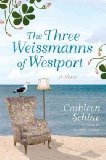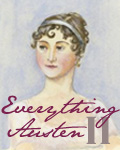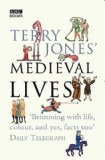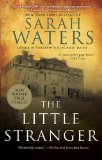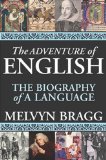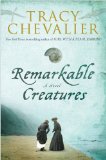Some time back, Birdie gave me an award, and I’ve been negligent about posting about it.
Rules are as follows:
- Thank the person who gave you the award. (Thank you very much, Birdie!)
- Share seven things about yourself.
- Pass the award along to blogs you have recently discovered and you who think are fantastic for whatever reason (in particular order).
- Contact the picked bloggers to let them know about award.
Seven Things about Me
- Maybe you recognize the title of my blog from a poem by Emily Dickinson. It is perhaps one of my favorite of hers, and I thought it would make a good title. Really there’s no deep message in my choosing the blog, though the deep message in the poem is that sometimes what we mistake for craziness is sanity and vice versa, often in situations where majority rule is considered. And instead of listening, we take those who disagree with us and label them dangerous or even imprison them. I believe in that message.
- I’m an anglophile. I can list the monarchs of Great Britain from William the Conqueror to Elizabeth II in order. I don’t yet have the dates of their reigns memorized. I would probably move to the British Isles if I had the chance. I prefer to read books set in the British Isles.
- Some folks from my other blog read this one, but as far as I know, not a whole lot of them do. Readers, especially newer readers, of this blog might not realize I have an education blog where I discuss teaching.
- I am a fan of Star Trek. My favorite series is Star Trek: The Next Generation. I used to gather with friends in my dorm and watch new episodes when they were released. My favorite characters on that series are Picard, Data, and Worf. I never got into the other series as much as that one.
- Movies I can watch over and over and never get tired of: Love Actually, Sense and Sensibility, the Harry Potter films, the original Star Wars trilogy, Brokeback Mountain, and Pretty in Pink.
- It took me a long time to figure out what to do with this blog. It meandered in focus, mostly as a journal, until I decided to write my book reviews here.
- It’s very hard to pick my favorite books. I love so many of them. In no particular order, my favorites are Wuthering Heights, the Harry Potter series, The Mists of Avalon, The Lord of the Rings, and The Curious Incident of the Dog in the Night-Time. If I am hard-pressed to pick a favorite, I’d say it’s Wuthering Heights.
As much as I want to follow the rules and select other bloggers to award, I find I can’t pick, mostly because there are so few I’ve recently discovered. I hate to be a weasel, but I guess I must. If you are reading this, have a blog, and have not received this award yet, consider it presented to you.

